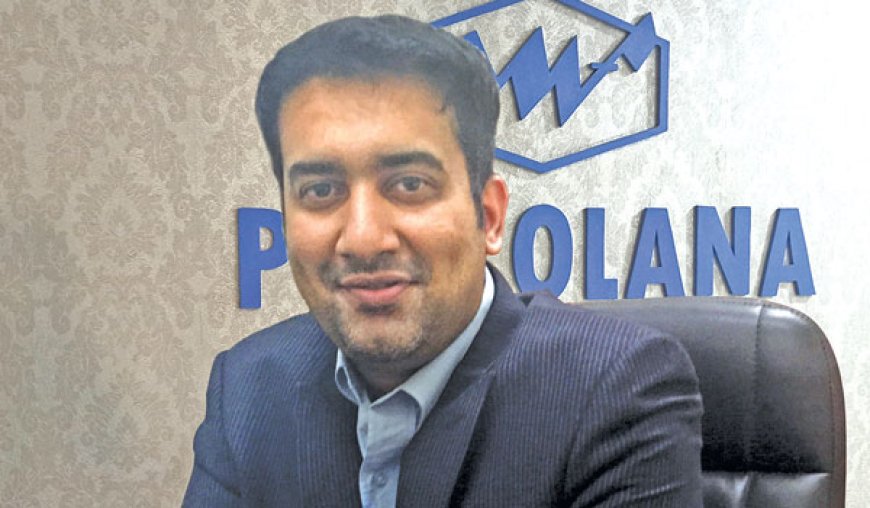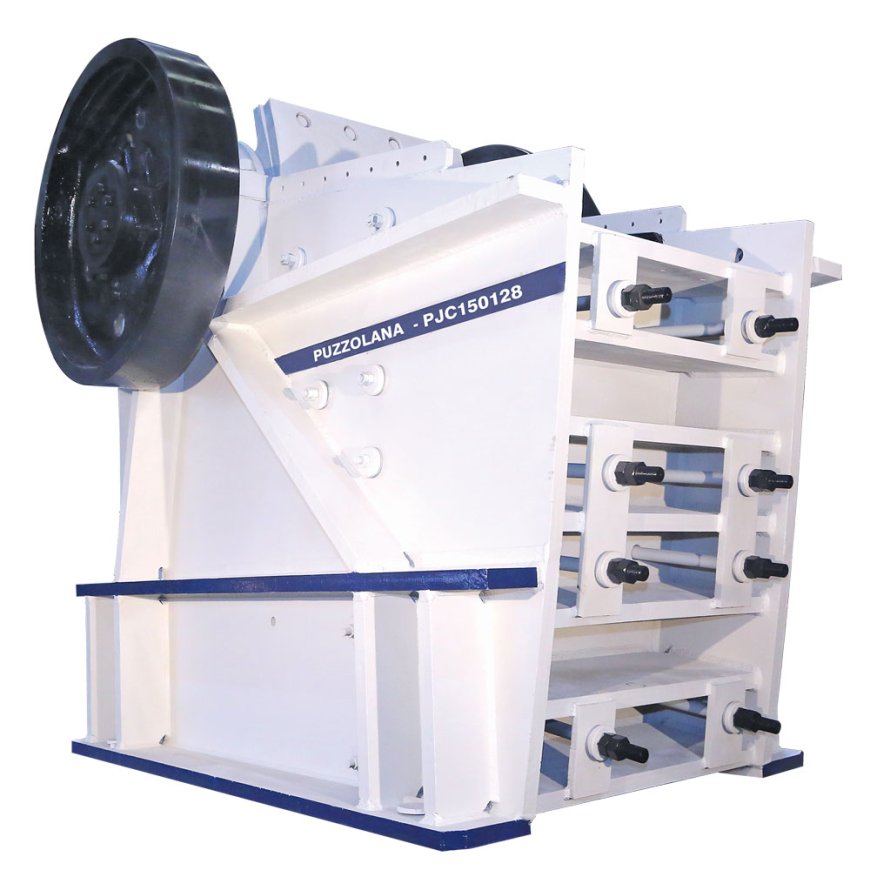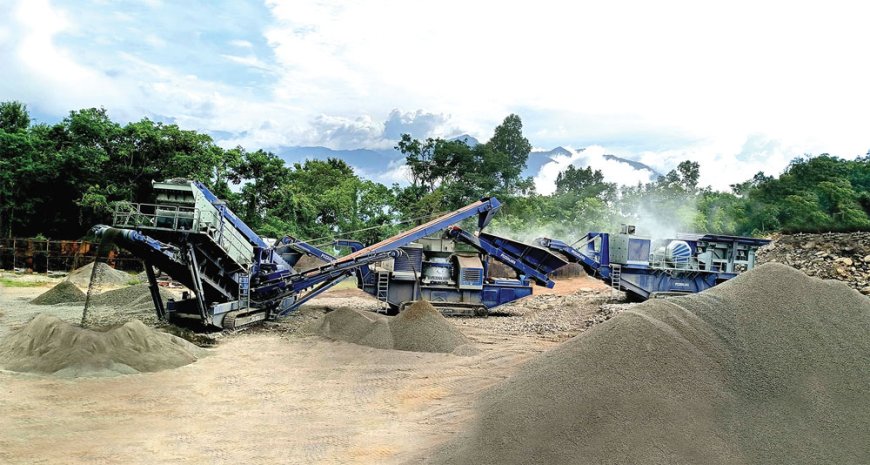We are introducing larger, more productive crushers along with expanded screens and feeders.

Abhijeet Pai,
What are the major demand drivers for crushing and screening plants and equipment? How is the current market scenario? How do you view the demand for different types of crushing plants?
The nation's economic advancement hinges on robust infrastructure expansion, encompassing the development of smart cities, high-speed expressways, dedicated railway corridors, and advanced transportation systems, alongside the establishment of diverse power generation facilities including hydroelectric, thermal, and nuclear plants.
With an impressive daily road construction rate surpassing 40 kilometers, there arises a significant demand for construction machinery, especially for plants with enhanced capacities capable of producing 300 to 500 tons per hour (TPH) of fine aggregates (-)20 mm and sand. Specifically, there is a pressing requirement for three-stage and four-stage crushing plants with capacities exceeding 300 TPH, emphasizing on the production of manufactured sand and (-)20 mm aggregate tailored for Pavement Quality Concrete (PQC) roads. In regions characterized by hilly terrain and in newly developed projects, there's a notable need for crawler-mounted crushers designed for three-stage applications (Jaw, Cone, and VSI) supplemented by screens. For railway projects, the aggregate size requirement typically ranges from 25 to 60 mm, with the remaining material comprising sand. Emphasis on quality is paramount for these ventures, necessitating plant capacities exceeding 300 TPH for a four-stage setup.

What is the demand-supply scenario of crushers and screens in quarry and mining applications? Which TPH capacity is in most demand?
Technological advancements in India have led to the establishment of high-capacity and high-quality plants to meet the current demand for aggregates in infrastructure projects. In mining applications, depending on the type of minerals, capacities range from 500 to 1,000 TPH. For quarrying applications, the choice of crushers is determined by the terrain; for instance, in hilly regions like Uttarakhand, track plants with capacities up to 250-300 TPH prove beneficial. Conversely, for stationary plants catering to super expressways, capacities typically start from 300 TPH and can extend up to 750 TPH
What is the demand scenario from manufactured sand (M-sand) segment?
There is a substantial demand for high-quality M-sand, especially for applications in Zone I and Zone II. This demand arises predominantly from the construction of heavy infrastructure such as metros, bullet trains, and high-speed highways, where the use of M-sand is imperative. Consequently, M-sand is now widely incorporated into various specifications, leading to its production not only from rocks but also from alternative minerals, slag, and other sources

What are the key productivity features of your crushing and screening equipment?
Engineering undergoes constant evolution to meet the ever-changing technological demands and remains an integral component of our curriculum. We have recently introduced a new series of jaw crushers capable of handling boulders up to +1,200 mm for crushing, with a capacity range extending to 1,000 TPH. Furthermore, to address secondary applications, we have developed and launched a cone crusher with a capacity of up to 700 TPH.
To prolong the lifespan of wear parts, especially in challenging conditions such as abrasive ores like quartzite, we have conducted extensive research on wear patterns and profiles of jaw plates and cone liners in such crushing plants. This research has led to the creation of customized designs tailored specifically for these applications, resulting in increased wear part durability.
Enhanced wear part durability not only reduces maintenance needs but also extends operating hours. Additionally, the integration of larger machines optimizes plant configurations, requiring fewer crushers, while automation improves production capacities and facilitates maintenance, thus reducing operational costs and manpower requirements.
In summary, these advancements contribute to a reduction in the overall cost per tonne of production and enhance system efficiency, ultimately leading to a decrease in the cost per ton of production.
What are your plans to meet the emerging customer needs in future?
To address the growing demand for crushed aggregates, as discussed, we are introducing larger, more productive crushers along with expanded screens and feeders to complement our existing wide array of equipment. Additionally, we are incorporating digitalization and AI technology into our offerings to further enhance efficiency and performance.







